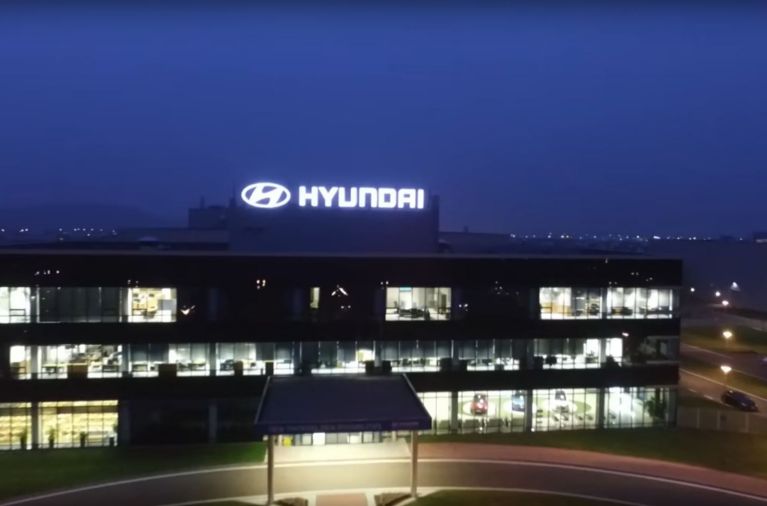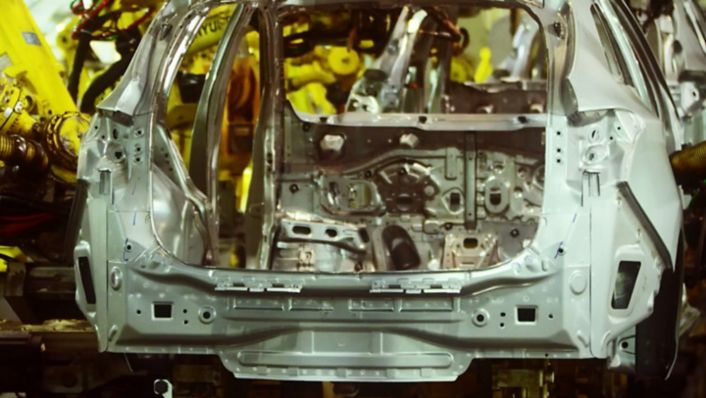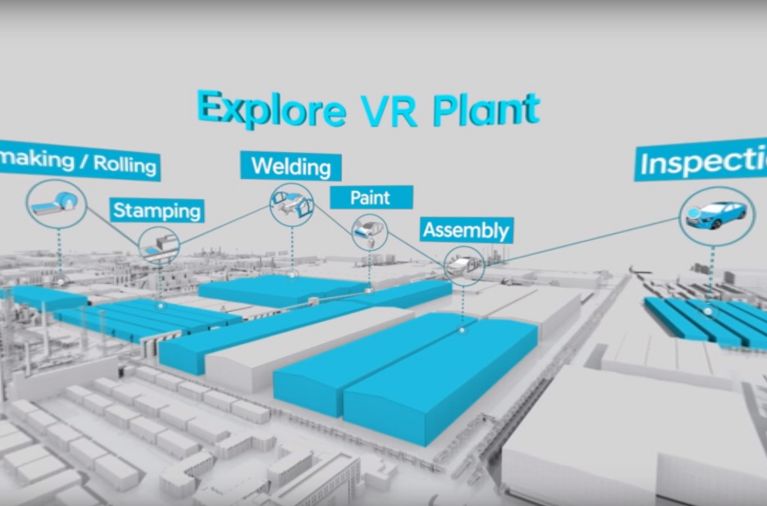Have you ever wondered how to build a car from scratch? Today, cutting-edge robotic technology and human ingenuity combine to get you on the road.
Building road-worthy automobiles has come a long way since groups of two or three men worked on a single car using assembled parts from suppliers at the turn of the 20th century. The modern car manufacturing plant is a feat of engineering where man and machine work in harmony.
While various car manufacturers existed throughout Europe, the United States introduced many innovations in the mass production of automobiles including the introduction of the moving assembly line early in the 20th century. These large-volume techniques were adopted in Europe in the 1930s lowering the price of cars for buyers. With high demand, and the influence of globalisation, by the 1980s, lower production costs saw Asia became a major manufacturer and exporter of car models throughout the world.
Modern industrial robots were introduced to factories in the 1960s. Many regard a machine called Unimate, which could weld and handle large payloads and which was used in the automotive industry, as the first industrial robot. By the 1980s, automated car-building processes like welding and painting became commonplace. Rather than replace humans, these machines took on the dangerous and monotonous tasks, and today people work alongside the most advanced robotic technologies in the modern car plant.
At Hyundai Motor’s European manufacturing plant in the Czech Republic, one fully assembled and tested vehicle leaves the production line every minute. Hyundai uses the most advanced technology and modern factories to construct its fleet of car models.
The facility in Nošovice is the most modern automotive plant in Europe and the company’s first on the continent. The cars built at Hyundai Motor Manufacturing Czech Company (HMMC) include the i20, i30, and the Hyundai Tucson, with each one specially developed for the European market at the Hyundai Technical Center in Rüsselsheim, Germany. The HMMC facility also includes a transmission shop.
While various car manufacturers existed throughout Europe, the United States introduced many innovations in the mass production of automobiles including the introduction of the moving assembly line early in the 20th century. These large-volume techniques were adopted in Europe in the 1930s lowering the price of cars for buyers. With high demand, and the influence of globalisation, by the 1980s, lower production costs saw Asia became a major manufacturer and exporter of car models throughout the world.
Modern industrial robots were introduced to factories in the 1960s. Many regard a machine called Unimate, which could weld and handle large payloads and which was used in the automotive industry, as the first industrial robot. By the 1980s, automated car-building processes like welding and painting became commonplace. Rather than replace humans, these machines took on the dangerous and monotonous tasks, and today people work alongside the most advanced robotic technologies in the modern car plant.
Advanced technology and modern factories
At Hyundai Motor’s European manufacturing plant in the Czech Republic, one fully assembled and tested vehicle leaves the production line every minute. Hyundai uses the most advanced technology and modern factories to construct its fleet of car models.
The facility in Nošovice is the most modern automotive plant in Europe and the company’s first on the continent. The cars built at Hyundai Motor Manufacturing Czech Company (HMMC) include the i20, i30, and the Hyundai Tucson, with each one specially developed for the European market at the Hyundai Technical Center in Rüsselsheim, Germany. The HMMC facility also includes a transmission shop.

Hyundai starts production of New Generation i30
First opened in 2008, the Czech operation is one of the most state-of the-art manufacturing plants ever built. It now produces up to 350,000 cars a year and creates over 10,000 jobs in the local region. In December 2016, production began on the New Generation i30, Hyundai Motor’s DNA car in Europe. The model is designed, developed, and manufactured on the continent, where over 800,000 of the previous generation i30s have been sold.

Factory Robots 4.0
The manufacturing plant at Nošovice uses 500 high-tech robots to produce 1500 cars each day. Using the most advanced technology, an array of mechanical arms and machinery work in tandem on the production line. For example, the pressing process uses an automated panel loading system while more than 300 robots work in the welding shop fusing body parts together. Two extremely powerful welding machines called ‘the main bucks’ allow up to 8 different car bodies to be built simultaneously on a single line.
All car units are subjected to meticulous inspection by Hyundai employees along each step before rigorous testing at the plant’s track. All the electronics and advanced safety systems are also fully tested and the facility boasts an internal rail system for transportation onwards throughout Europe.
360 VR video – How an IONIQ Electric car is built
The IONIQ Electric is produced at Hyundai's Ulsan plant in Korea, the world's largest single automotive production facility. Covering an area of 5 million square metres, the plant's five factories produce an incredible 5,600 vehicles a day. In the case of the IONIQ electric, it can take up to 232 robots to build one unit, exerting the pressure of 800 elephants in the process. The following video will give you a virtual experience of the Hyundai IONIQ Electric production process and the technology involved, from molten metal to inspection. Hyundai’s IONIQ range offers drivers a choice of three powertrains – electric, hybrid, and plug-in hybrid.

Steps in the process include steelmaking/rolling, stamping, welding, painting, assembly, and inspection. The process of manufacturing strong iron plates from molten steel involves temperatures of 1535 degrees Celsius, the melting point of iron. Meanwhile stamping involves applying 2400 tons max pressure on panels to cut iron plates into panels of various shapes. That’s the weight of 800 elephants.
232 robots are used to assemble one Hyundai IONIQ electric vehicle. 7 hours are needed to paint one IONIQ care, using 7 litres of paint. And the 28kWh electric battery capacity is about 2800 times that of a cell phone.
232 robots are used to assemble one Hyundai IONIQ electric vehicle. 7 hours are needed to paint one IONIQ care, using 7 litres of paint. And the 28kWh electric battery capacity is about 2800 times that of a cell phone.











